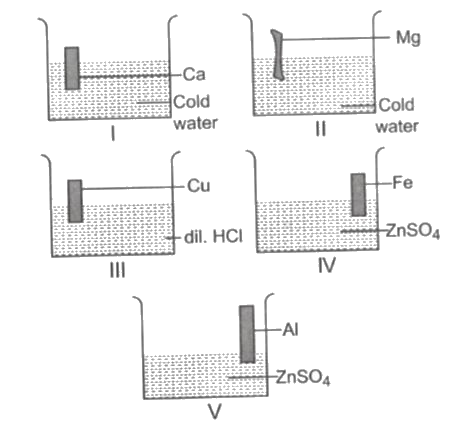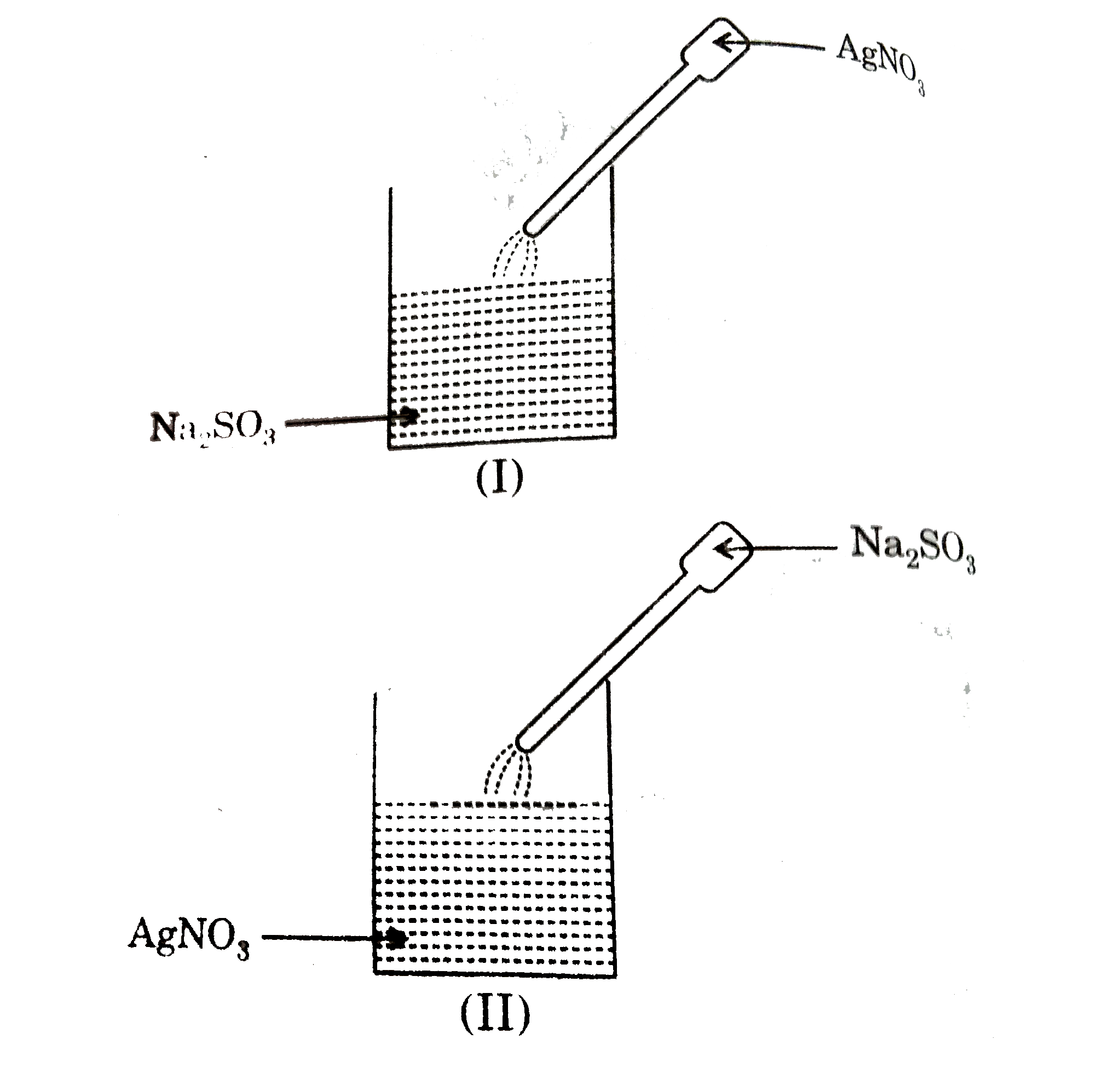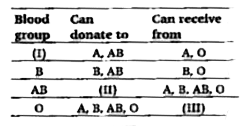Observe the given experimental set-up and select the correct statement(s).

I. A gas which burns with pop sound will be evolved in beakers I, II and III.
II. A colour change from colourless to green will be observed in beaker IV.
III. Reaction will occur but no colour change will be observed in the solution of beaker V.
IV. Gas will be evolved only in beaker II.
V. Reaction will occur in all the beakers but colour change will be observed only in beakers III and V.
A
I, III and IV only
B
II, IV and V only
C
III only
D
I only
Video Solution
Text Solution
The correct Answer is:C
Beaker I : A gas which burns with a pop sound will be evolved .
Beaker II : Magnesium does not react with cold water.
Beaker III : Copper does not react with dil HCl.
Beaker IV : Iron (Fe) being less reactive than zinc, does not displace zinc from its solution .
Beaker V: Aluminium being more reactive than zinc displaces zinc from zinc sulphate solution to form aluminium sulphate which has the same colour as that of zinc sulphate.
|
Updated on:21/07/2023
Topper's Solved these Questions
Similar Questions
Knowledge Check
- Question 1 - Select One
Which gas burns with pop sound ?
ACARBONBNITROGENCHYDROGENDOXYGEN - Question 2 - Select One
Which gas burns with a pop sound?
AHydrogenBNitrogenCCarbon dioxideDHelium - Question 3 - Select One or More
Observe the following experiment.

The correct statement about set up (I) and (II) are:AIn set up (I), initially no precipitate is formed but on adding of excess of reagent and followed by boiling gives greyish black ppt.BIn set up (II), initially white precipitate is formed as well as on boiling gives greyish black ppt.CIn set up (II), the precipitate is soluble is dilute nitric acid, and gives gas with suffocating smell of burning sulphur which turns lime water milky.DIn set up (I), the precipitate is formed with excess AgNO3 which is soluble in ammonia solution.
Observe the table given below.

Identify I, II and III The correct option isView SolutionA coloured gas is observed with which combination?
View SolutionThe colour change of CuSO4 solution can observed when it is made to react with
View SolutionThe colour change of CuSO4 solution can observed when it is made to react with
View SolutionRitika noted the initial colour of the solutions in beakers I, II, III and IV. After inserting zinc rods in each solution and leaving undisturbed for two hours, she noted the colour of each solution again. Mark the beakers in which colour change is observed ?
 View Solution
View Solution



